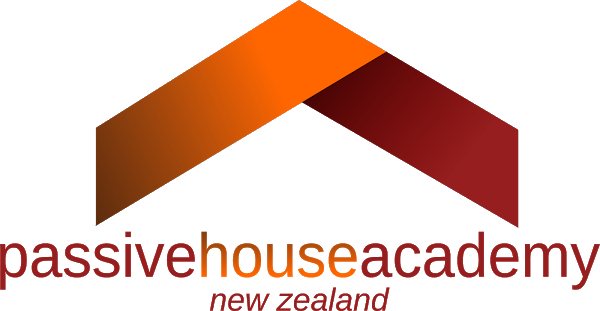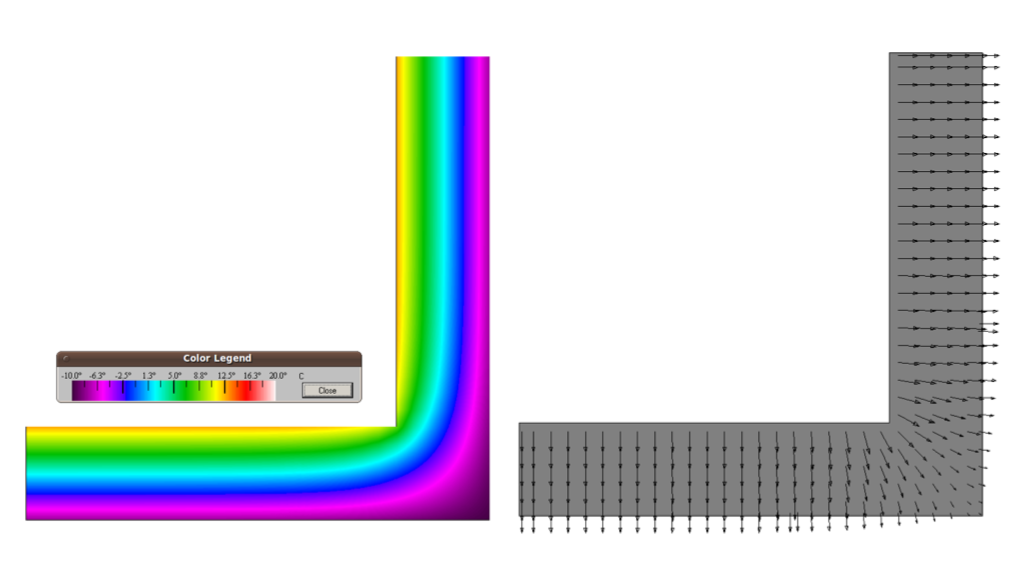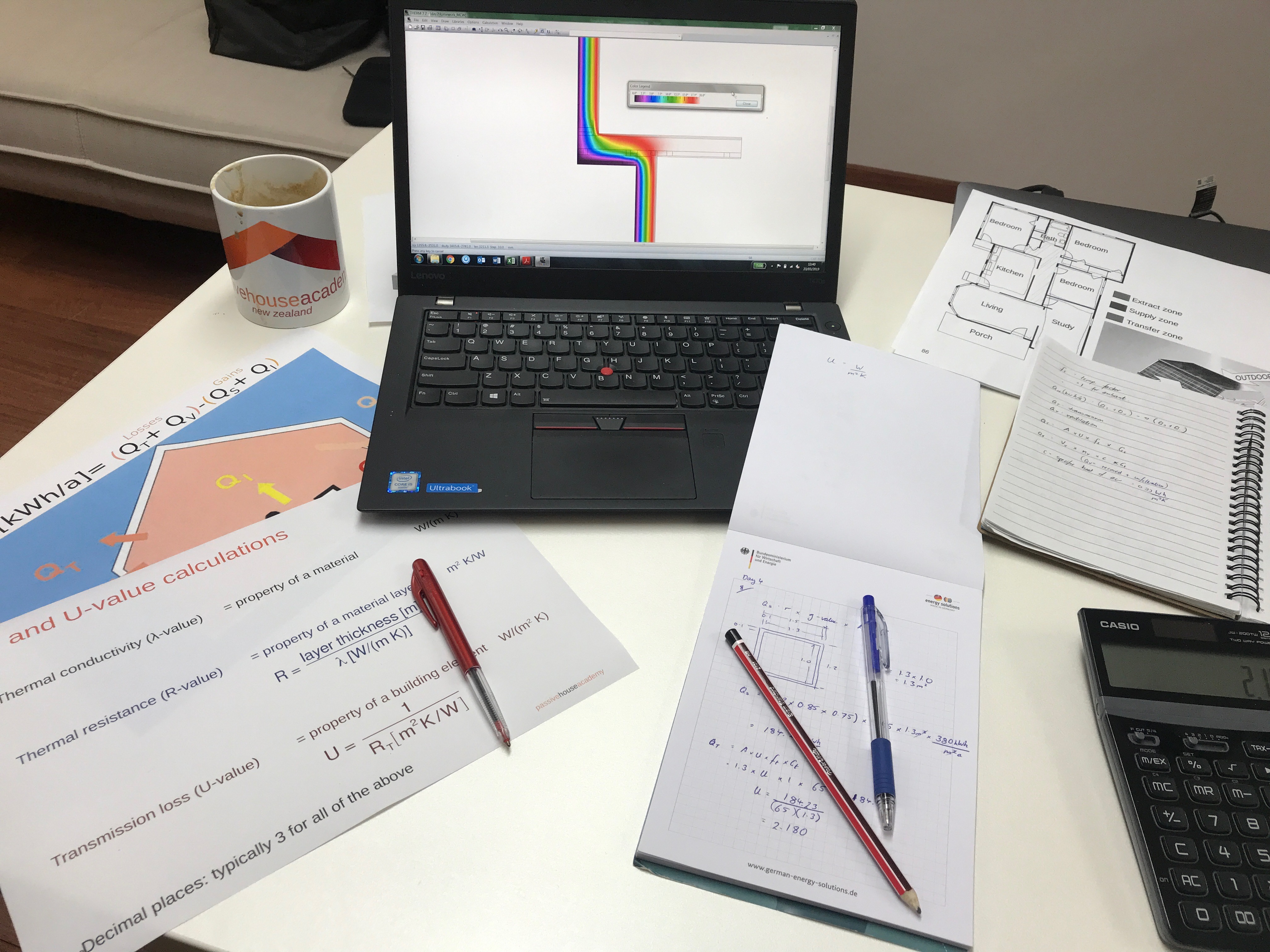Are you interested in becoming a Certified Passive House Designer, Consultant or Tradesperson? It’s a tough road that usually includes a challenging exam. But I for one would like a world where there are more Passive House Professionals. Here’s how to do it.
Certified Passive House Training
My brain feels stuffed with fluffy insulation. I’ve just spent five days on an introductory Passive House training course with Dr. Kara Rosemeier.
To become a Certified Passive House Designer or Consultant, you have to pass a rigorous exam. (There is an alternative pathway, but most people go down the exam route.) I’ve been told that it’s one of the hardest exams you might face in your career. Everyone from engineers through to designers and Architects finds it tough.
A High Standard for a High Standard
Having such a high standard for Certification is fitting. Passive House is a high standard for designing and constructing buildings. When you ask for a Passive House building, you know what you’re going to get. I’m comforted by the fact that when you meet a Certified Passive House Designer, you know that they know their stuff.
PHANZ
Dr. Kara Rosemeier established Passive House Academy New Zealand (PHANZ) as a project of Passive House Institute New Zealand (PHINZ) for the purpose of providing Passive House training and education in New Zealand. Kara has developed the content and materials from her extensive knowledge. It includes the fundamentals of building physics, the international history of Passive House and a local perspective.

Kara runs thorough courses. This is a polite way of saying ‘tough’. But the courses are intentionally challenging to prepare participants for passing the certification exam.
The course I just completed was the introductory CEPH1 which PHANZ runs as prerequisite training for CEPH2. The CEPH2 courses are timed to coincide with the international dates for exams and the purpose of CEPH2 is to prepare participants for sitting (and passing) the exam. CPEH2 starts with four weeks of online training before the week of classroom teaching.
How to Have a Successful Passive House Course
The best way to have a successful training course is to be fully focussed for the duration of the course. Don’t be fooled by the daily 10 am – 4 pm schedule. Think of this as class ‘contact time’.
Register Early
Once you’ve decided you’re interested, I recommend jumping online and registering early. This is the best way to benefit from an early bird discount. It’s also necessary to reserve your spot. Places on courses are limited and as the demand for Passive House grows, so does the demand for training.
Be Prepared
Prior to the course starting, you’ll receive a couple of emails. You’ll probably be busy doing your busy work and not ready to think about training, but make sure you do read these emails with enough time to complete some of the tasks in them.
PHANZ course participants will get access to an online learning environment. I found it was useful to log on and get used to this platform early. During the course, you want to be focussed on the course content, not trying to figure how to navigate an online learning platform.
Download Notes and Software
Kara provides a lot of helpful resources for her training courses, including PDF copies of slides, calculation tools and links to software such as THERM. You will be using the calculation tools and THERM during the course, so you need to have them up and running on your computer.
THERM
THERM is pretty neat software for analysing two-dimensional heat transfer in building elements. It’s also a handy way to produce pretty pictures to explain thermal bridges to your clients!

- THERM is free to download. But it will cost you time to set up and learn.
- THERM is powerful.
- THERM only works on Windows (Mac users – find a PC or figure out how to install Windows on your Mac).
- THERM requires a bunch of other stuff in order to run. Allow time to work through this before the course. It took me over half an hour to install everything and get it up and running.
Do Homework
The PHANZ courses include daily exercises and quizzes. These took me anything from 1 – 2 hours each evening. Most nights I had multiple attempts at the quizzes in order to try and improve my score and learn from my (many) mistakes.
Focus
A number of participants travel to a main centre in order to participate in Passive House training and you may find that being away from work, family and your regular routine is an advantage. Particularly for the exam preparation course (CEPH2), you’re going to need to put the rest of your life on hold and dedicate this time to fully focussing on the course.
Certified Passive House Designer/Consultant – Exam Preparation Course (CEPH2)
CEPH2 is actually a 10 day course, but PHANZ run it as four week’s worth of online training requiring about eight hours per week, followed by five days of intense classroom training. The exam follows on immediately the next day.
The Joy of Learning
I enjoyed the experience to dive deep into building physics, learn from an expert and meet other passionate professionals. Yes, it was challenging but as well as being ‘thorough’, Kara is very supportive. The content is well paced and helpfully structured.
During your training, there will be moments of frustration and your confidence may get bruised. But if you put the effort in, then Passive House training can be a very worthwhile and even enjoyable experience.
Check out PHANZ to find out more about New Zealand courses. In Australia, Passive House training is available through Box Hill Institute and Smart Plus Homes.

Leave a Reply